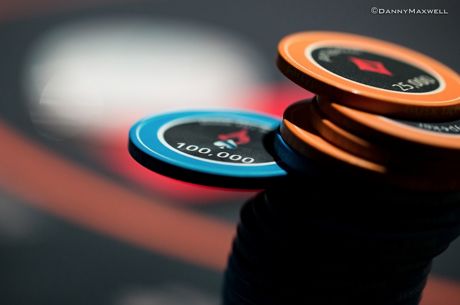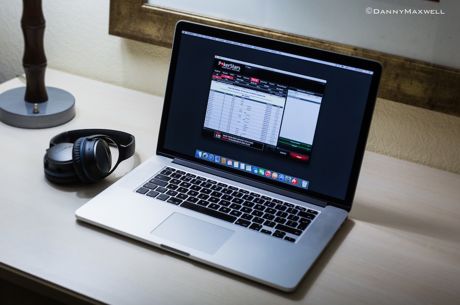Poker Coaching with Jonathan Little: Playing Suited Connectors
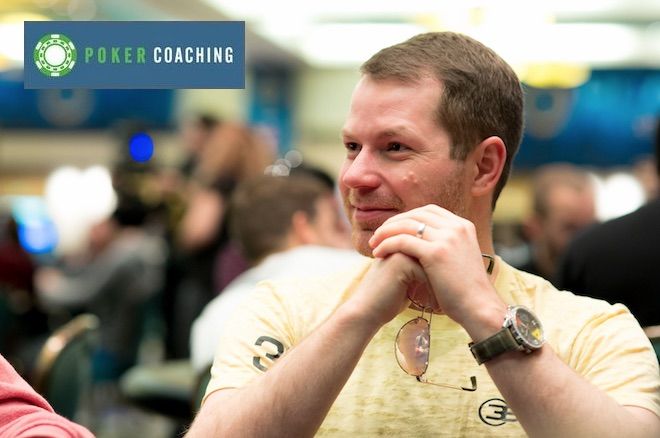
In the $1,500 buy-in World Series of Poker Monster Stack event that is filled with amateur players, the blinds were 100/200 with a 25 ante. A 35-year-old guy in the hijack seat raised to 525 out of his 15,000 effective stack, and only I called from the big blind with 4♣3♣.
While calling in this spot may seem a bit optimistic, given my excellent pot odds (about 3-to-1) I think seeing a flop is perfectly fine. If I got the vibe that my opponent was particularly weak, I think three-betting to 1,700 could also be a fine play. If I thought my opponent played at a world-class level, I would consider folding — but even then, calling is acceptable. When you are getting excellent pot odds, you do not have to win often at all to justify calling.
The flop came A♣J♣4♦, giving me a pair and a flush draw.
While leading is always an option with hands that have the potential to improve to the virtual nuts on the turn, I do not think leading in this spot has merit because it is too likely that my opponent has an ace, a jack or a decent draw that he will not fold, given that his preflop raising range should contain many high-card hands.
I checked and my opponent bet 700 into the 1,375 pot.
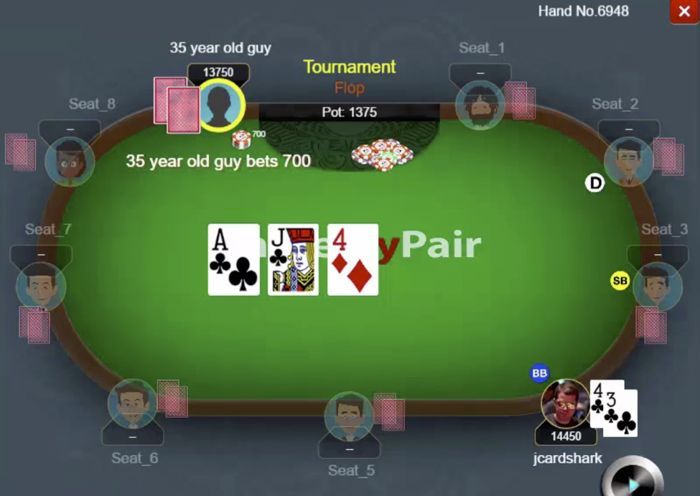
I decided to check-raise to 1,700.
This is an interesting spot because if I call and my opponent has a marginal made hand, the turn will often check through and he will call any river bet. That means I will usually only be able to win the pot when I improve, and even then, the pot will not be too large.
If my opponent has a premium hand and he bets the turn, if I then raise the turn as a semi-bluff it will be unlikely to succeed because most people don't fold premium hands. For these reasons, I don't like calling, even though that play is certainly acceptable, again due to the excellent pot odds.
Since I am going to raise, I need to pick the raise size that I think will look the strongest to my opponent. While that decision always depends on your opponent's tendencies, I think a small raise in this spot "screams" strength. If I made a traditionally-sized check-raise to 2,000, I think my opponent will assume I am trying to get some fold equity, which may induce him to call with a wider range of made hands, despite his decreased pot odds.
My opponent surprised me by reraising to 5,000.
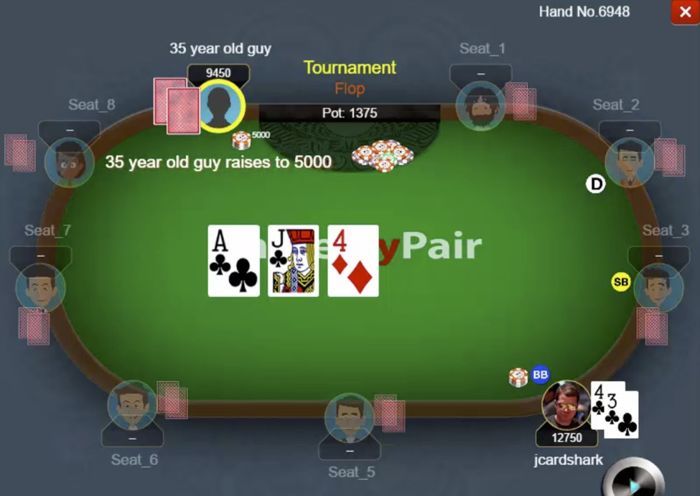
What would you do in this situation? Would you fold, call, reraise to 8,300 or go all-in?
To find out what I did in this hand and why, click over to Poker Coaching.
To get free access to over 100 interactive poker hand quizzes just like this one for 7 days, with detailed analysis from me after every decision you make, you can visit Poker Coaching to find out more.
Jonathan Little is a professional poker player and author with over $6,300,000 in live tournament earnings. He writes a weekly educational blog and hosts a podcast at JonathanLittlePoker.com. You can follow him on Twitter @JonathanLittle.

